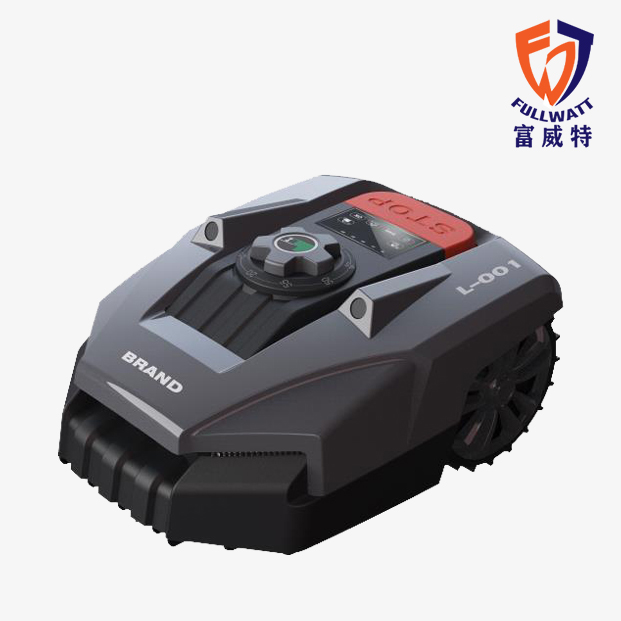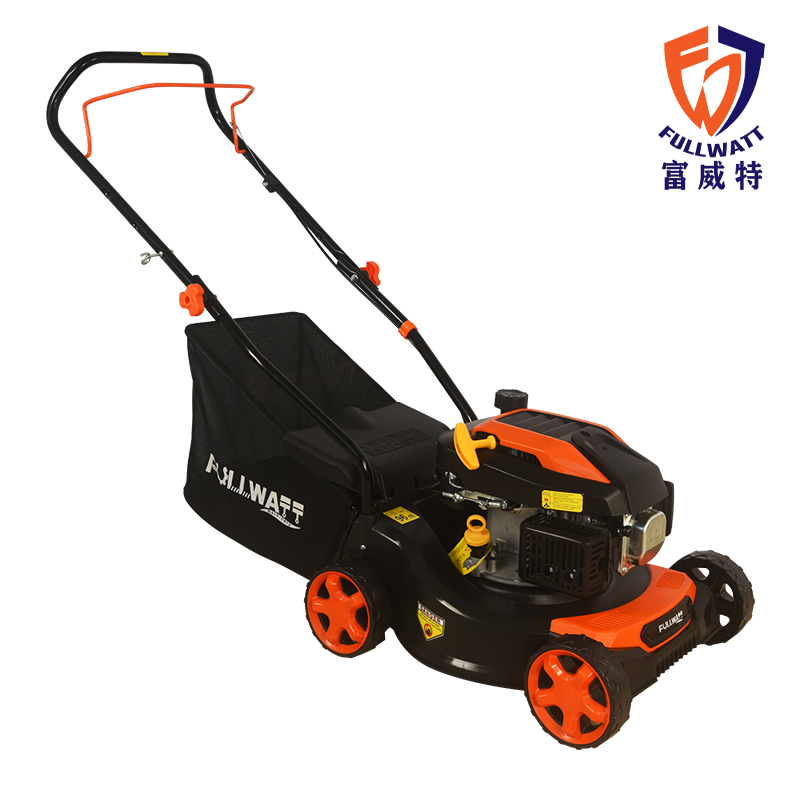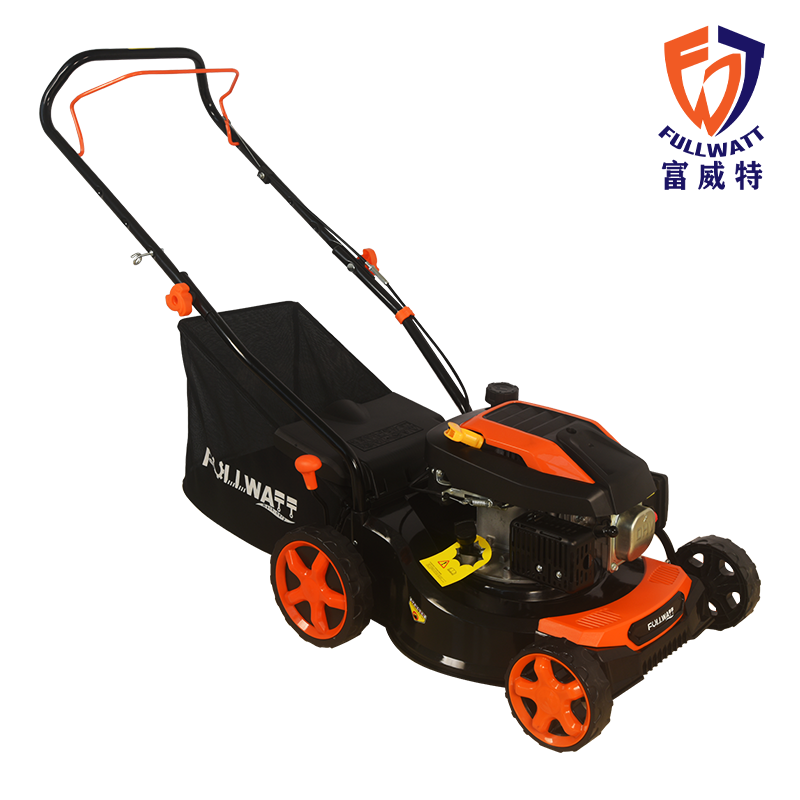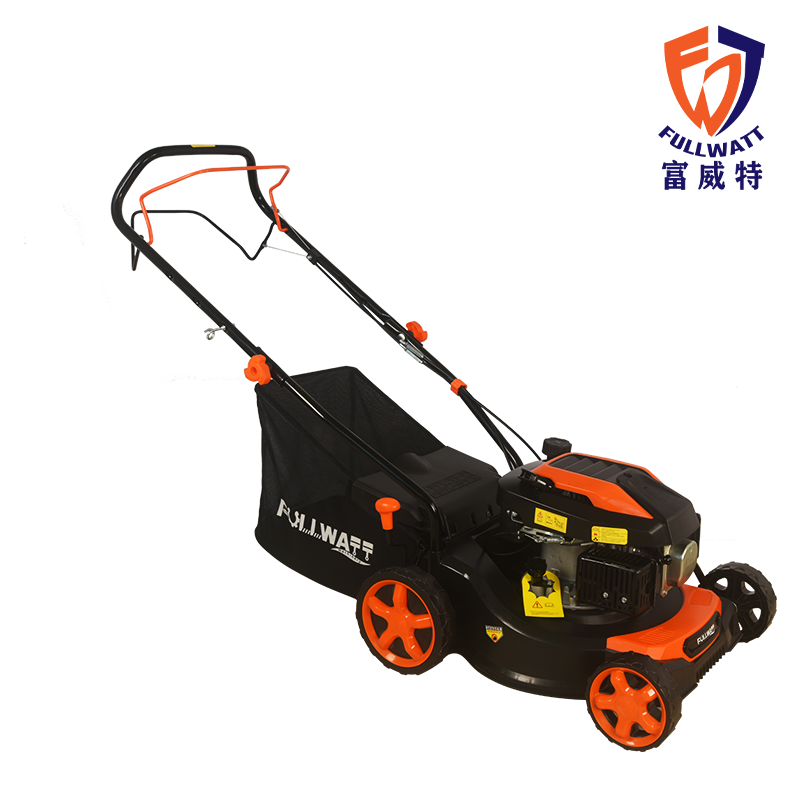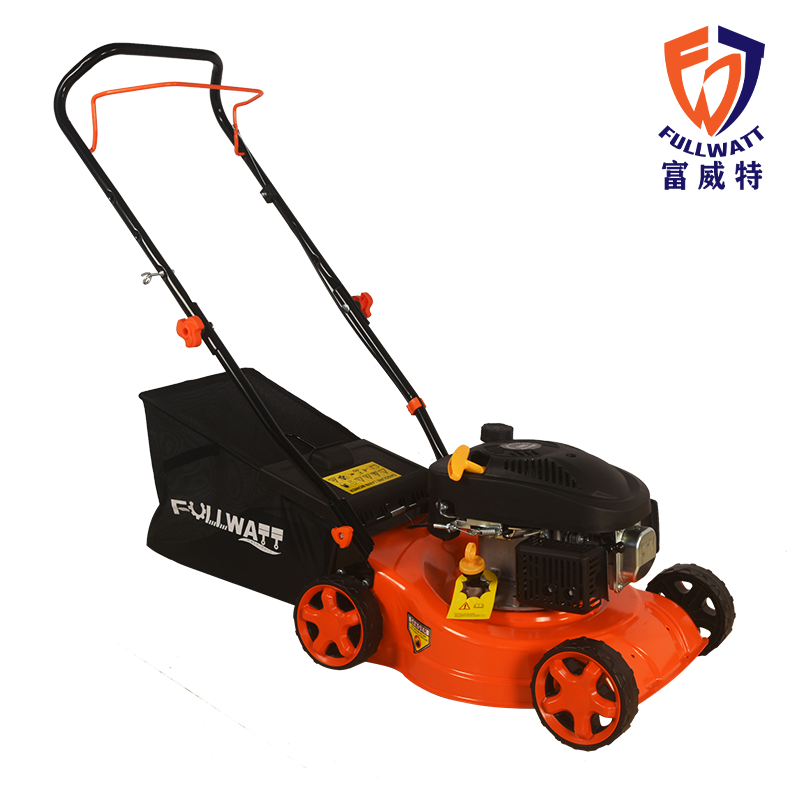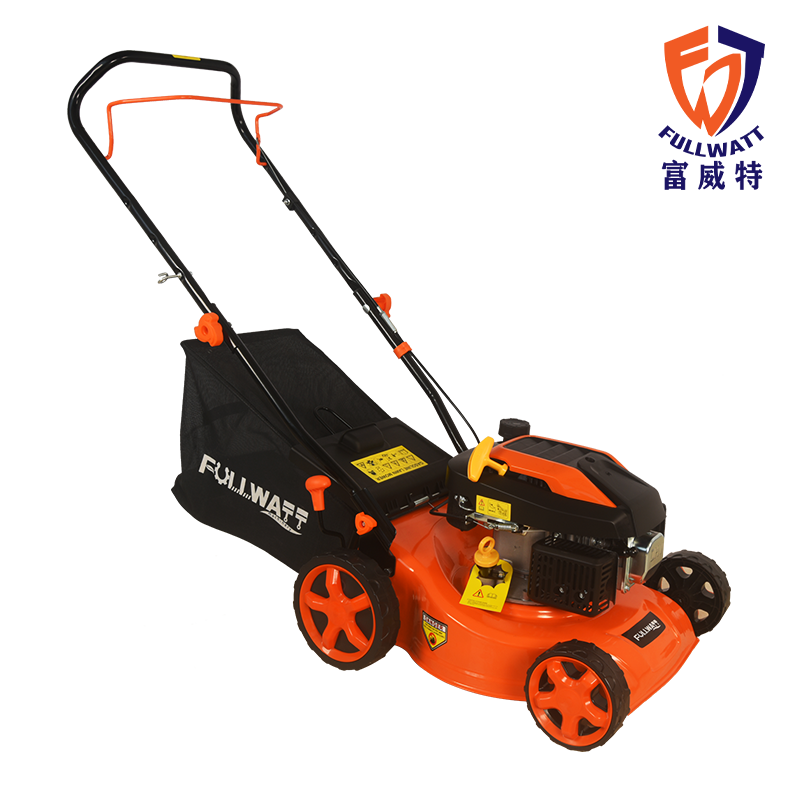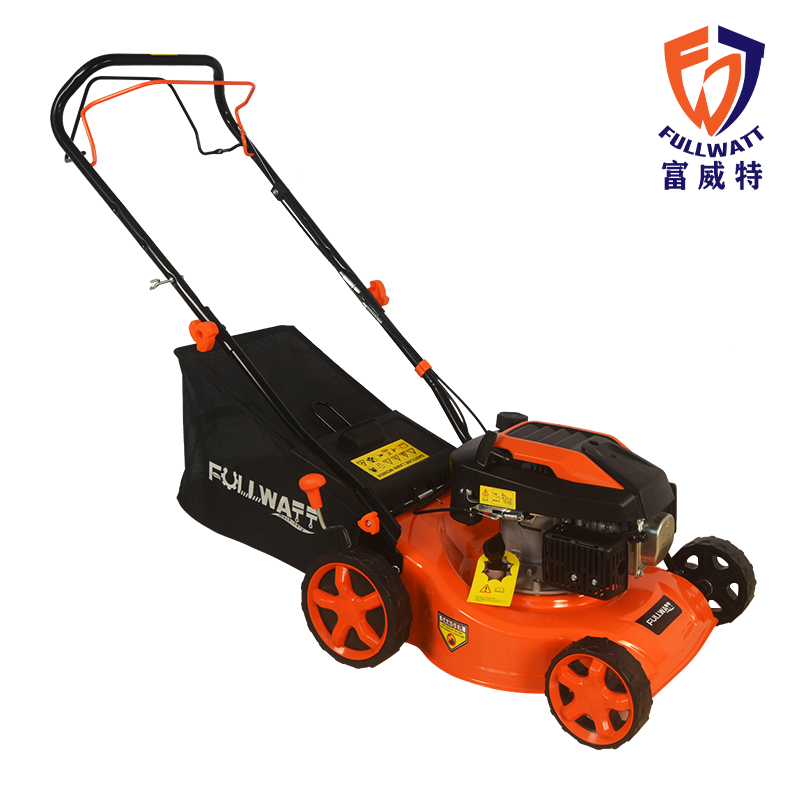In the realm of garden maintenance, two common tools are rotary walk-behind lawn mowers and rotary tillers. While both serve important purposes, they differ in functionality and operation. In this article, we will explore the key distinctions between rotary walk-behind lawn mowers and rotary tillers, as well as provide insights into their maintenance requirements, ease of operation, and suitability for different tasks.
Functionality and Purpose:
Rotary walk-behind lawn mowers are designed specifically for cutting grass to maintain a neat and well-manicured lawn. These mowers employ a rotating blade system that evenly cuts grass at the desired height, promoting a visually appealing appearance. They are best suited for regularly mowing lawns of varying sizes and terrains.
On the other hand, rotary tillers are primarily used for soil cultivation and preparation. They are equipped with rotating tines or blades that penetrate the soil, breaking it up and creating a suitable environment for planting. Rotary tillers are commonly employed for tasks such as loosening compacted soil, removing weeds, and preparing garden beds for planting.
Mechanism and Operation:
Rotary walk-behind lawn mowers and rotary tillers differ in their mechanisms and operation. Walk-behind lawn mowers typically utilize a single rotating blade or a set of blades that spin horizontally to cut the grass. They are propelled by either pushing or self-propelling mechanisms, making them relatively easy to operate. Walk-behind mowers often feature adjustable cutting heights, allowing users to customize the height of the grass as per their preference.
In contrast, rotary tillers are equipped with multiple tines or blades that rotate vertically. These blades dig into the soil, breaking it up and mixing it thoroughly. Rotary tillers require more skill and control to operate, as they are more powerful and can be more physically demanding. They are generally used in larger gardening projects, such as preparing large garden areas or agricultural fields.
Maintenance Considerations:
Both rotary walk-behind lawn mowers and rotary tillers require regular maintenance to ensure optimal performance and longevity. Maintenance tasks include cleaning, blade or tine sharpening or replacement, oil and fuel level checks, and general inspections of mechanical components. Proper maintenance helps prevent issues, ensures safety, and maximizes the lifespan of the equipment.
In terms of ease of maintenance, rotary walk-behind lawn mowers are generally simpler to maintain due to their straightforward design and fewer moving parts. Maintenance tasks are usually limited to blade maintenance, air filter cleaning or replacement, and regular oil changes.
Rotary tillers, on the other hand, may require more involved maintenance due to their complex mechanical systems. Tines need regular inspection and replacement if damaged, and gearbox maintenance is crucial to ensure proper operation. Lubrication and belt adjustments are also necessary for optimal performance.
In summary, rotary walk-behind lawn mowers and rotary tillers serve different purposes in garden maintenance. Walk-behind mowers excel in cutting grass for a well-maintained lawn, while rotary tillers are ideal for soil cultivation and preparation. Consider factors such as the size of your lawn or gardening project, the level of expertise required, and the maintenance considerations when choosing the right tool for your needs. Proper maintenance practices are vital for both tools to ensure their longevity and optimal performance, allowing you to achieve the desired results in your garden.

 English
English 简体中文
简体中文 Deutsche
Deutsche


